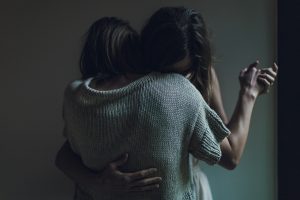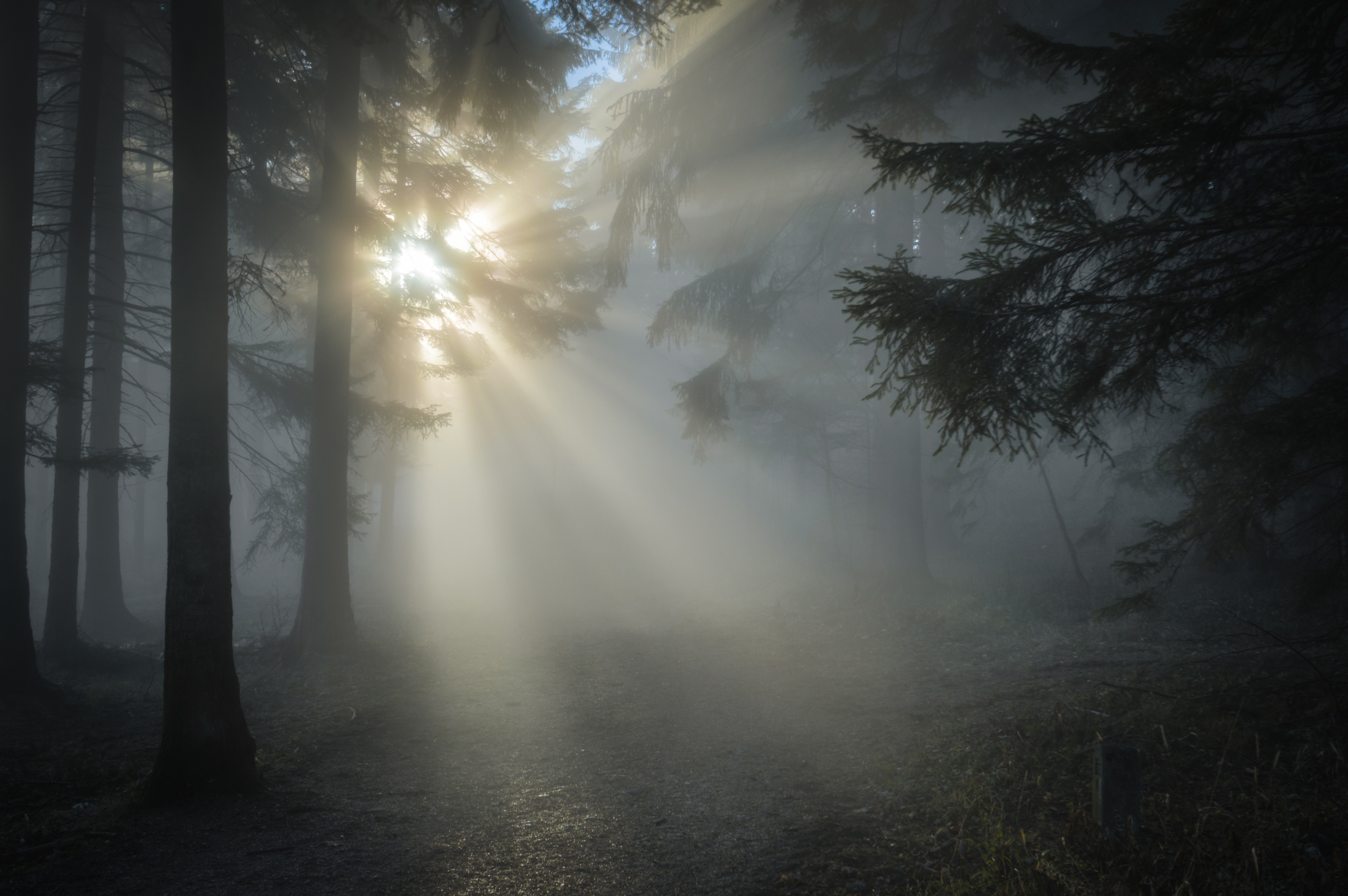We’re not out of the woods yet, but the light is visible through the trees. What will life after the pandemic bring to us as the future’s new normal?
Today at the grocery store, I overheard a wonderful conversation. A grey-haired couple and a produce worker congratulated each other on having recently received their second COVID shots. For months we held our breath, quarantined or masked up and kept our distance. The world seemed frozen for so long. Now, though, hearing the joy of front line essential workers and vulnerable elders who feel safer moving through the world, the long COVID winter is beginning to thaw. There will be life after the pandemic. We’re not out of the woods, but the end is near. What will it look like when it arrives?
Last March when everything changed, many of us quarantined for what we thought would be a couple weeks, three at most, to “flatten the curve.” A year later, some of us are still working from home and only leaving for essentials, while others are ready to throw caution to the wind. Either way, when people start coming out of their fortresses of solitude, making plans to live again, we’re not going to be the same people we were before. Life after the pandemic will be different because we’re different. It may be difficult to relate to others in person after spending so many months alone, or for the temporarily sedentary to play sports, for performers to entertain us, or even simply to touch and be touched again. We’ve been through an incredibly difficult time that will define a generation. Be patient with each other when we can finally embrace again.
Restrictions and mandates saved lives, but also doomed many businesses. Local economies will take time to rebound, but there are also opportunities for entrepreneurs ready to leap. The wave of restaurant closures, for example, resulted in a glut of cheap, used food service equipment on the market. Perhaps the intrepid operators of pandemic “ghost kitchens” will expand into emptied storefronts this year. For those without the means to open full-service restaurants, an alternative from America’s past, the Accessory Commercial Unit (or ACU) could be the perfect solution. These modest, neighborhood-friendly spaces commonly housed small businesses in the mid-20th century until they were zoned out of existence or moved to higher-traffic areas, but could easily fit into life after the pandemic when there are fewer reasons to go downtown.
Speaking of downtown, there’s a whole lot of empty office buildings out there. After sending workers home a year ago, many businesses realized that remote work meant increased productivity and tremendous savings on overhead, from office rent to obligatory pizza parties. Employees, too, have enjoyed the short commute, freedom, and convenience of working virtually. At the same time, cities like Los Angeles are suffering from a lack of affordable housing. Repurposing those empty office towers into multifamily dwellings could solve both problems. Life after the pandemic could mean more people working from home inside former office complexes.

For those who were barely making it before COVID hit (or those whose jobs may never come back, like office cleaners or bus drivers), life after the pandemic must change too. Stimulus bills, however sparse, might provide the cultural opening needed for the adoption of guaranteed basic income payments, once we collectively realize the need for an income floor beyond which we will not let our fellows sink. A current experiment along these lines in Stockton, CA, adds to the pile of evidence showing that even moderate income increases can change the lives of impoverished people. The pandemic caused an economic reset, but it’s also a grand opportunity to change aspects of our current culture and economy that have long needed fixing. We waste this opening at our peril.
In the long run, the year-plus of the coronavirus pandemic will probably be remembered as a blur. We will mourn the dead and carry on. The population will temporarily dip; for the next 70 years or so, there will be a smaller “COVID cohort” of pandemic babies working their way through school, careers and eventual retirement. The health care system will treat – or not – the COVID survivors with lifetime issues like lung, heart, and kidney problems. Those who came of age during the era of distance learning and quarantine will carry the experience through their lives, much like their ancestors who survived the Great Depression. Some changes will be subtle, some profound. And one day, generations not yet born will study it in history class with teachers who learned about it thirdhand, as none of us will still be alive to tell the tale. Life after the pandemic will continue, just as it has after every plague that came before and will after all those yet to come.
Related: Open Offices, COVID, and Going Home Again


Join the conversation!